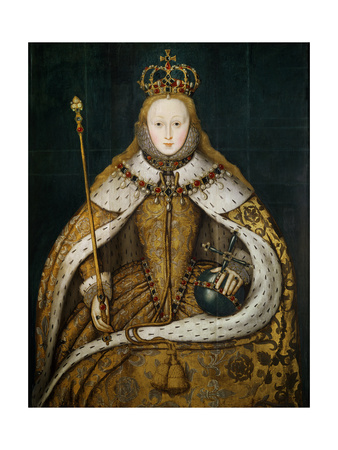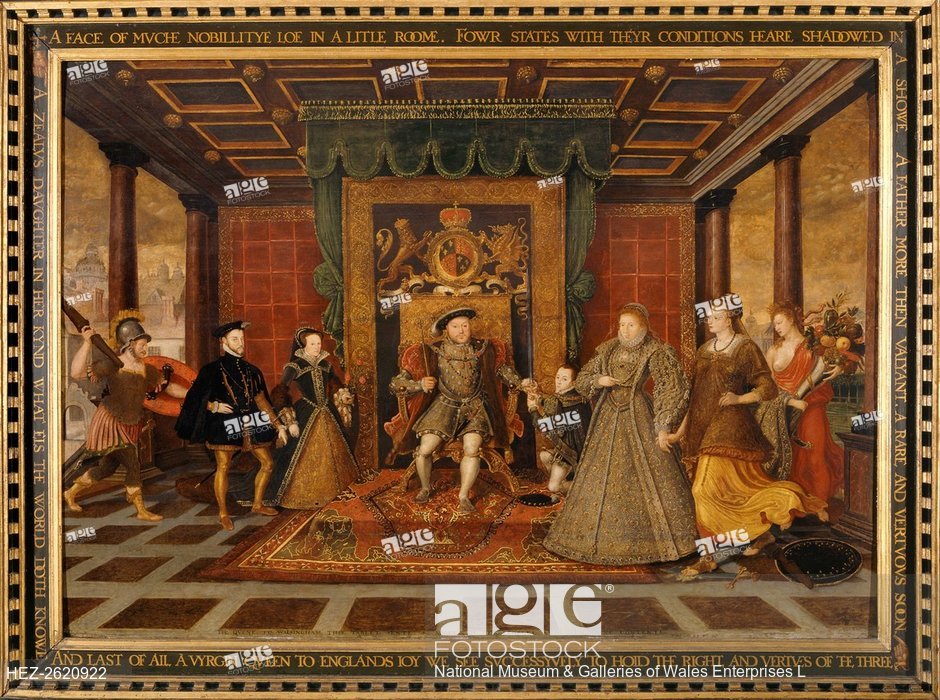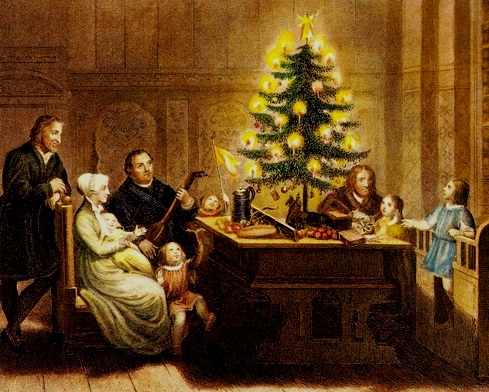People in Elizabethan England was bound by the social decree. The clothing provided an immediate way to distinguish the wealthy from the common masses. The colour and the fabric not just reflected the wealth but also their social positions. It did not matter from which family they belong.
The laws of the country were uniformly followed by all the people of the society. The rich and the poor were alike in the eyes of the law and had specific dress codes and colours that they were required to wear.
Men and women from different professions and social class were identified based on the colour and mode of dresses they wore. These laws were designed to limit the expenditure and to regulate the social structure of Elizabethan society. They were called the Sumptuary Laws. Any violation of these laws was punishable either by fines, imprisonment, or even death.

The colour Gold
The colour Gold as the name indicates was the colour of the aristocrats. Only people belonging to the royal family or nobles like duchess, earls, countesses, and dukes used to wear the colour. The fabrics were stitched with golden threads and thus were very expensive. It was, therefore, out of the reach of common people.

The religious meaning of colour Gold
The symbolic meaning of the colour Gold is associated with divinity, wealth and majesty. The indestructible nature and scarcity of the metal invariably made Gold very rare and divine. In medieval England, Christians believed Gold was the colour of Gods. The statues and paintings in Churches and monasteries were gilded and decorated with gold. The colour was associated with virtue, self-righteousness, compassion and love for God.
Gold was celebrated as Christmas colours. It was like the brightness of the sun in very dark wintry days. It was used along with the white colour. The pristine white colour symbolized joy, purity, and innocence. So, white and gold together were celebrated as the colour of Easter or the colour of hope.
According to history, Gold was one of the precious metals that were gifted to baby Jesus by the wise men. So, it was celebrated as a Christmas colour which brings vitality, purity and prosperity during the festivals. So, Tudor men and women used to celebrate their important Holy days and festivals with the colour gold.

The fabrics were embroidered with golden weaves to give that vibrant look to the clothing.

